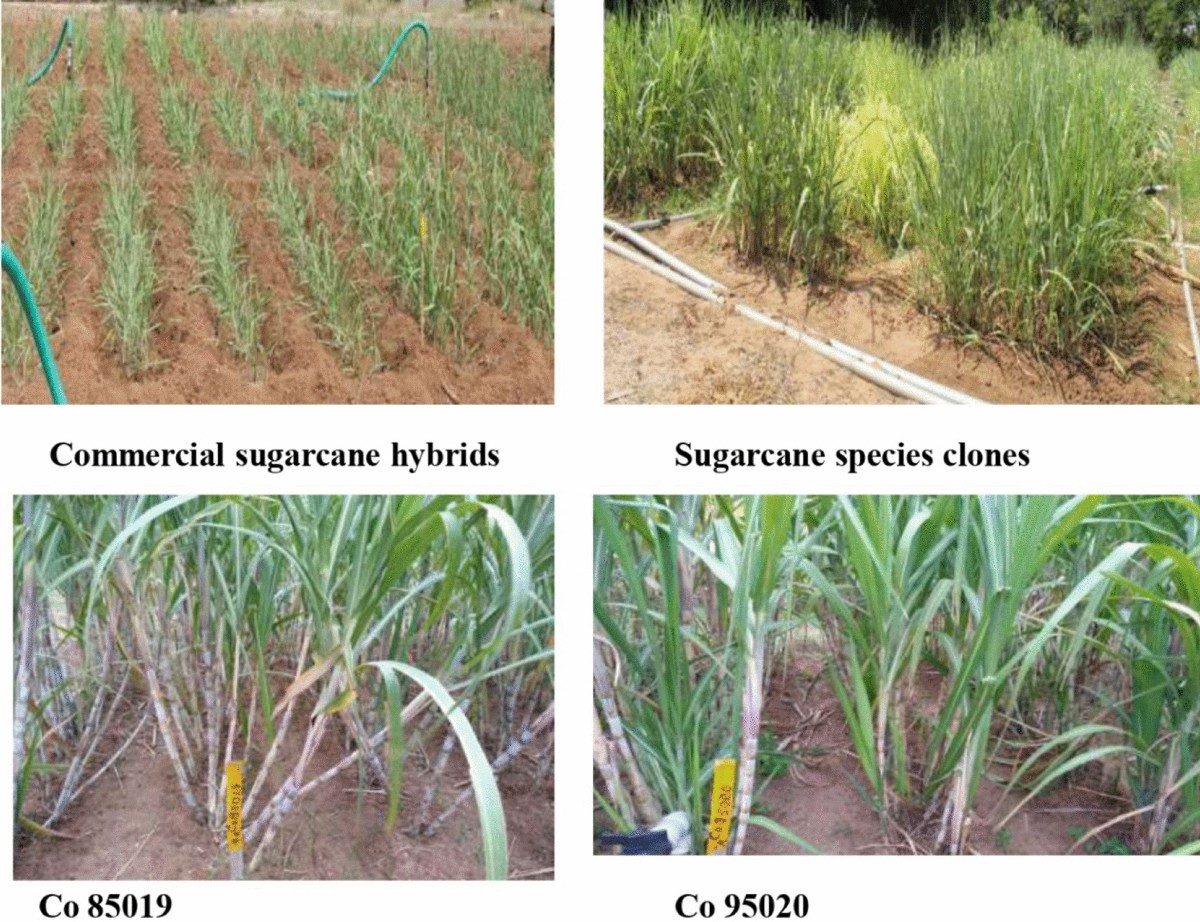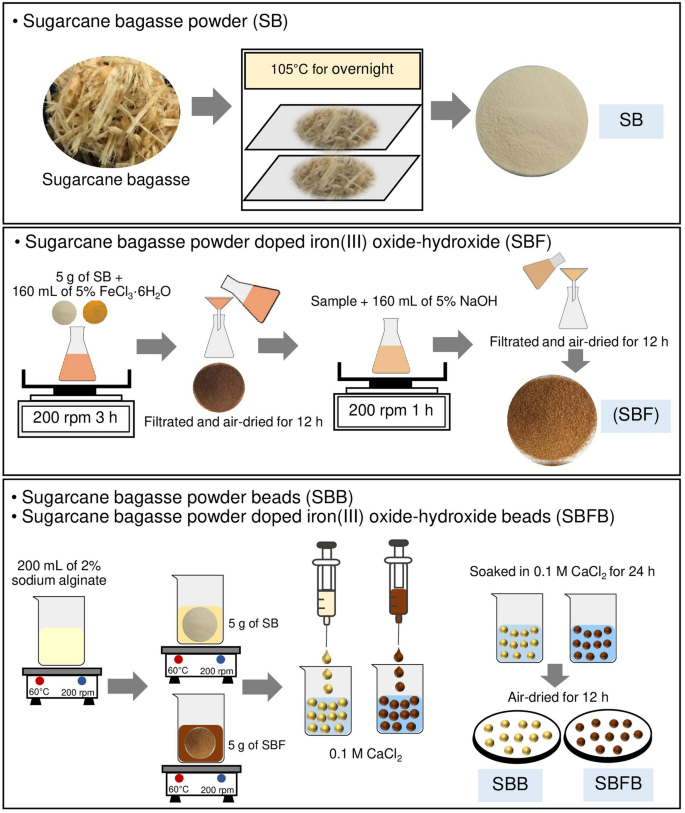How Safe Are Products From Sugarcane for Everyday Use?
How Safe Are Products From Sugarcane for Everyday Use?
Blog Article
Opening the Possible of Products From Sugarcane: a Comprehensive Guide
The capacity of sugarcane expands far beyond its traditional use for sugar manufacturing. This overview checks out the multifaceted applications of sugarcane, from energy and eco-friendly materials to health and wellness items. By analyzing its trip from area to factory, it discloses just how lasting techniques can transform waste into valuable resources. As markets seek green solutions, the question continues to be: exactly how can these technologies reshape our method to agriculture and manufacturing?

The Trip of Sugarcane: From Area to Factory
Sugarcane undertakes a fascinating improvement as it travels from lavish fields to bustling factories. In the areas, the tall, green stalks are harvested, normally by mechanical means or manual labor. As soon as cut, the sugarcane is swiftly transferred to processing facilities to assure optimum freshness. At the factory, the very first step includes crushing the walking cane to draw out the sweet juice, which has sucrose. Products From Sugarcane. This juice is then filteringed system and cleared up, removing contaminations. Following this, it undergoes dissipation to concentrate the sugar web content, causing crystallization. The resulting sugar crystals are divided from the staying molasses through centrifugation. The sugar is dried out and packaged for distribution. Throughout this journey, preserving high quality and performance is necessary, as the methods utilized directly influence the product's final top quality. This change not only highlights the farming relevance of sugarcane however additionally its considerable function in the global economic climate
Sugar and Its By-products: Greater Than Simply Sweet taste
The change of sugarcane right into refined sugar opens the door to a large variety of items and applications that prolong past plain sweetness. Sugar and its by-products, such as molasses, brownish sugar, and glucose, play critical roles in different industries, including food, pharmaceuticals, and cosmetics. In the food market, these ingredients improve flavors, enhance appearance, and function as preservatives.Molasses, a result of sugar production, is rich in vitamins and minerals, making it a valuable component in health and wellness foods and pet feed. Sugar, a simple sugar derived from sugarcane, serves as a considerable energy source in sports nutrition and is necessary in the manufacturing of confectionery. In addition, sugar by-products are utilized in fermentation processes, contributing to the manufacture of liquors and other microbial products. Generally, the flexibility of sugar and its derivatives highlights their significance beyond mere sweetness in everyday life.
Biofuels: Harnessing Energy From Sugarcane

A substantial portion of worldwide biofuel production now depends on sugarcane, acknowledged for its high energy return and effectiveness in converting sunshine into biomass. This tropical crop acts as a main source for ethanol, a renewable fuel that can replace gasoline in cars. Sugarcane's capacity to generate more ethanol per hectare than various other feedstocks, such as corn, adds to its increasing appeal among biofuel producers.The fermentation process of sugarcane juice or molasses produces ethanol, which can be mixed with fossil gas to minimize greenhouse gas discharges. Furthermore, by utilizing the recurring bagasse from sugarcane processing, power can be created with burning, additional enhancing the sustainability of biofuel manufacturing. As nations look for to mitigate climate change effects, sugarcane biofuels offer a promising remedy, boosting power safety and promoting agricultural sustainability while supporting country economic climates.
Biodegradable Plastics: The Lasting Alternative
How can sectors shift to more lasting methods when faced with expanding plastic contamination? One encouraging remedy hinges on eco-friendly plastics obtained from sugarcane. Unlike traditional petroleum-based plastics, these bioplastics offer a green option that can substantially decrease environmental effect. Made from renewable energies, sugarcane-based plastics disintegrate more rapidly in various conditions, decreasing landfill build-up and marine debris.The production of eco-friendly plastics not just addresses waste management difficulties yet likewise lines up with the increasing customer need for sustainable items. Industries taking on these products can enhance their brand picture while adding to a round economy. Furthermore, the modification to biodegradable options motivates technology and financial investment in brand-new modern technologies, cultivating a greener sector landscape.As more companies recognize the advantages of sugarcane-derived plastics, the possibility for prevalent fostering boosts, leading the way for an extra lasting future in product packaging and product design.
Animal Feed and Fertilizers: Utilizing Byproducts
The results of sugarcane handling hold considerable potential for both pet nutrition and natural plant foods. These byproducts can be integrated right into animal feed, giving necessary nutrients while decreasing waste. In addition, they can serve as effective natural fertilizer options, enhancing dirt health and wellness and advertising lasting farming techniques.
By-products in Pet Nutrition
While sugarcane is primarily valued for its sucrose web content, its byproducts play a crucial function in animal nourishment, especially in the this contact form form of pet feed and fertilizers. The coarse deposit called bagasse, generated during the extraction of juice, works as an important source of roughage for animals. This high-fiber material enhances food digestion and promotes general health and wellness continue reading this in ruminants. In addition, molasses, a result of sugar refining, is abundant in power and can be made use of to supplement animal diets, boosting palatability and dietary value. Additionally, vinasse, a liquid by-product from ethanol production, has necessary nutrients and can be utilized as a feed additive. Overall, sugarcane by-products add substantially to sustainable animal nutrition practices.
Organic Plant Food Options
Utilizing sugarcane by-products expands beyond animal nourishment to incorporate natural fertilizer options that profit farming techniques. The coarse residues, such as bagasse and filter cake, act as effective natural plant foods, enriching soil health and wellness and boosting crop yields. These materials are abundant in nutrients, including phosphorus, potassium, and nitrogen, crucial for plant development. When decomposed, they boost dirt framework, water retention, and microbial activity, cultivating a lasting farming ecosystem. In addition, utilizing sugarcane by-products for fertilization lowers dependence on artificial plant foods, advertising eco-friendly farming approaches. By recycling these by-products, farmers can add to a round economic situation while enhancing their productivity and lowering waste. This approach exhibits cutting-edge methods in sustainable farming, leveraging sugarcane's full possibility.
Wellness and Wellness: Nutritional Advantages of Sugarcane
Many research studies highlight the dietary advantages of sugarcane, making it a useful addition to a balanced diet plan. Rich in important nutrients, sugarcane has considerable quantities of minerals, vitamins, and carbohydrates, particularly vitamin C, potassium, and calcium. These parts add to general wellness, supporting immune function and bone strength.Moreover, sugarcane is a natural resource of antioxidants, which aid combat oxidative stress and swelling in the body. Its high fiber content help in digestion, advertising digestive tract health and protecting against bowel irregularity. In addition, sugarcane juice has been connected to hydration and energy replenishment, making it an excellent selection for professional athletes or those participating in difficult activities.Furthermore, the glycemic index of sugarcane is reasonably reduced, allowing for a more gradual launch of power, which may be useful for people taking care of blood sugar degrees. On the whole, incorporating sugarcane right into one's diet regimen can use a renewing and healthy alternative for health-conscious people.
Technologies in Sugarcane Products: Future Trends and Possibilities
What advancements lie ahead for sugarcane products as industries seek to enhance sustainability and consumer charm? The future of sugarcane items is poised for significant improvements, driven by the demand for environment-friendly options. Innovations in bio-based packaging, derived from sugarcane, are gaining traction, providing a sustainable replacement for conventional plastics. Additionally, the exploration of sugarcane's bioactive have a peek at these guys compounds is most likely to cause new health supplements and useful foods, maximizing its all-natural benefits.Research right into fermentation procedures might yield novel biofuels, even more diversifying sugarcane's utility. Additionally, the advancement of genetically customized sugarcane selections assures boosted returns and resistance to insects, thus supporting lasting farming techniques. As customers end up being much more environmentally aware, the assimilation of openness in sourcing and production approaches will certainly additionally play a crucial role in shaping the future of sugarcane products. Ultimately, these innovations might redefine sugarcane's placement in international markets.
Often Asked Concerns
What Are the Environmental Impacts of Sugarcane Farming?
The ecological impacts of sugarcane farming consist of logging, loss of biodiversity, soil degradation, and water air pollution - Products From Sugarcane. Furthermore, excessive chemical and fertilizer use can damage ecosystems, while monoculture techniques may bring about lowered strength versus environment modification

Just How Is Sugarcane Processed Into Different Products?
Sugarcane processing entails harvesting, crushing, and extracting juice, which is then made clear and concentrated. The resulting syrup can be fermented for ethanol or crystallized for sugar, while fibers are used for bioenergy and various other items.

Exist Any Type Of Health Threats Connected With Sugarcane Usage?
The concern of health and wellness threats connected with sugarcane consumption highlights concerns such as too much sugar consumption, prospective allergies, and intestinal issues. Moderation is necessary to mitigate these threats while appreciating its nutritional benefits.
What Are the Economic Perks of Sugarcane Growing?
The economic benefits of sugarcane farming include work creation, boosted farming efficiency, and contributions to regional economic situations. Additionally, it supports eco-friendly energy production and provides different by-products that can boost success within varied markets.
Just How Does Sugarcane Compare to Various Other Renewable Resources?
Sugarcane, as a renewable energy, demonstrates greater efficiency in biomass production compared to lots of alternatives. Its adaptability enables different results, adding notably to sustainable techniques, economic development, and decreasing dependence on nonrenewable fuel sources. Sugar, an easy sugar derived from sugarcane, offers as a significant energy source in sporting activities nutrition and is crucial in the production of confectionery. Sugarcane's capability to generate more ethanol per hectare than other feedstocks, such as corn, adds to its enhancing appeal amongst biofuel producers.The fermentation process of sugarcane juice or molasses generates ethanol, which can be combined with fossil gas to minimize greenhouse gas exhausts. Additionally, sugarcane juice has actually been connected to hydration and energy replenishment, making it an exceptional choice for professional athletes or those involving in strenuous activities.Furthermore, the glycemic index of sugarcane is reasonably low, enabling for an extra gradual release of energy, which may be beneficial for individuals handling blood sugar degrees. In enhancement, the exploration of sugarcane's bioactive substances is most likely to lead to new health and wellness supplements and practical foods, capitalizing on its natural benefits.Research into fermentation processes may generate unique biofuels, even more branching out sugarcane's utility. The question of wellness risks connected with sugarcane usage highlights worries such as too much sugar consumption, possible allergic reactions, and gastrointestinal concerns.
Report this page